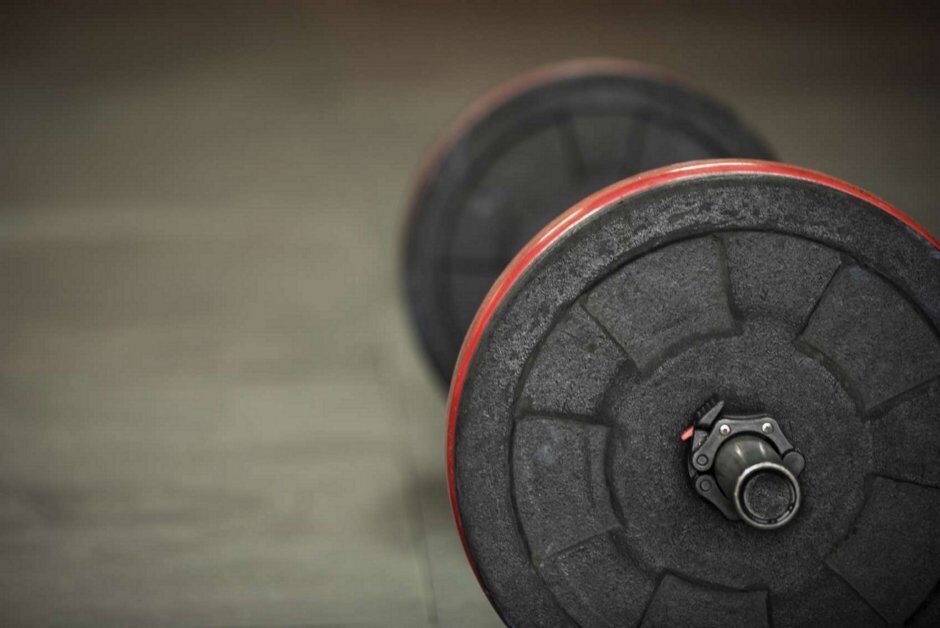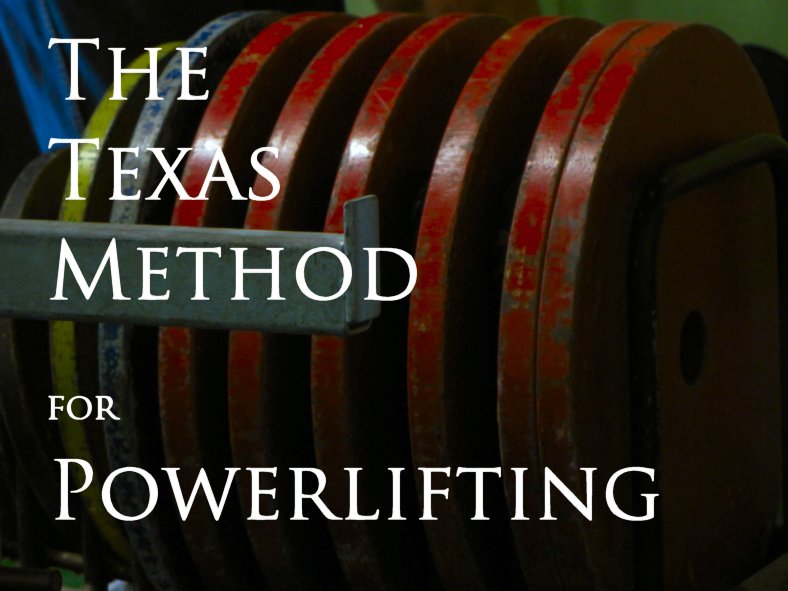Strength training for kids – Revisited
Is it ok for a child to lift weights ?
Myths and misinformation surround the topic of strength training for kids. Common knowledge hides these myths and mistruths. I have looked at the topic of strength training kids a few years ago, and it is time to revisit the topic.
Resistance Training Terms
Interchangeable use and misuse of common terms often adds confusion into the mix.
- Resistance Training – Resistance training is any exercise that causes the muscles to contract against an external resistance. The resistance can be an external weight (Dumbbells, resistance bands etc.) or your own body weight.
- Strength Training – The use of resistance training to build muscular strength.
- Power Training – The use of Strength training to build explosive muscular strength.
- Hypertrophy Training – The process of training to increase muscular size.
- Muscular Endurance – Muscular endurance is the ability of a muscle or group of muscles to perform repetitive contractions against a force for an extended period of time.
- Bodybuilding – A sport based on the aesthetics of muscle hypertrophy.
- Powerlifting – A sport based on the development of maximal strength.
- Weightlifting – or Olympic Weightlifting is a sport based on maximal power.
Myth #1: Strength Training Can Stunt a Child’s Growth
The most common knowledge myth about strength training for kids. This myth comes from concern associated with the potential for injury to the growth plate in a young lifter’s body leading to stunted growth. A wide selection of studies have examined this risk finding minimal examples of this kind of injury, and those injuries were related to improper lifting technique used without adequate supervision from a qualified coach. [1,2]
The Truth is, with qualified supervision and coaching, resistance training has benefits that far outweigh the miniscule risk of growth plate type injuries.
Myth #2: Kids Should Wait Until Puberty to Strength Train
Studies have demonstrated that children can improve strength by 30% to 50% after just 8 to 12 weeks of a well-designed strength-training program.[2] In a study by Faigenbaum et al, twice-weekly strength training in boys and girls between the ages of 7 and 12 years produced significant strength gains.[3] Children gain strength through neural adaptations, not muscle hypertrophy.[4] Kids can begin resistance training when they are able to follow instructions and safety rules, this can be as early as 5 years old.[5]
Myth #3: Girls Will Get Bulky Lifting Weights
Resistance training gains are due to neuromuscular adaptations, not increased muscle bulk. Increases in strength during childhood are directly related to the maturation of the central nervous system. Improvements in strength are due to neural development. Muscular size (Hypertrophy) does not equal strength, especially in kids.[5]
In my next article I will discuss more of the benefits of resistance training for kids.
Previous Article – Strength for Kids
- Faigenbaum AD, Myer GD. Resistance training among young athletes: safety, efficacy and injury prevention effects. Br J Sports Med. 2010 Jan;44(1):56-63.doi: 10.1136/bjsm.2009.068098. Epub 2009 Nov 27. PMID: 19945973; PMCID: PMC3483033.
- Dahab KS, McCambridge TM. Strength training in children and adolescents: raising the bar for young athletes? Sports Health. 2009 May;1(3):223-6. doi: 10.1177/1941738109334215. PMID: 23015875; PMCID: PMC3445252.
- Faigenbaum AD, Milliken LA, Loud RL, Burak BT, Doherty CL, Westcott WL. Comparison of 1 and 2 days per week of strength training in children. Res Q Exerc Sport. 2002:73:416-424. DOI: 10.1080/02701367.2002.10609041
- Ramsay JA, Blimkie CJ, Smith K, et al. Strength training effects in prepubescent boys. Med Sci Sports Exerc. 1990;22:605-614. DOI: 10.1249/00005768-199010000-00011
- Faigenbaum AD, Stracciolini A, MacDonald JP, Rial Rebullido T. Mythology of youth resistance training. British Journal of Sports Medicine. 2022 Jun 8;56(17):997-8. DOI:10.1136/bjsports-2022-105804
Image by master1305 on Freepik


